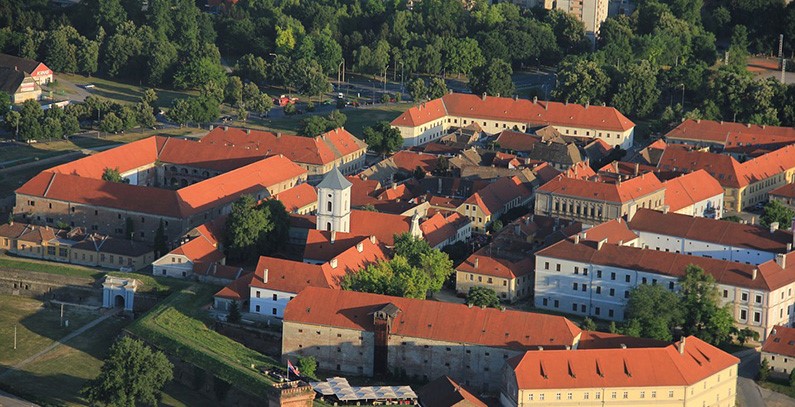
Photo: City of Osijek (Pixabay)
HEP ESCO, subsidiary of Croatian state power utility Hrvatska Elektroprivreda (HEP), has started a public lighting reconstruction project in the city of Osijek, during which 11,086 LED lights will be installed.
The new ESCO/EPC model will enable an annual decrease in electricity consumption for public lighting by 7.5 million kWh and the investment of HRK 30.8 million (around EUR 4.08 million) will pay off within eight years, HEP ESCO said.
The investment of EUR 4.08 million will pay off within eight years
The modernization works will contribute to the protection of the environment by reducing CO2 emissions and light pollution in line with the relevant directive in the European Union, according to the press release. The rule’s transposition into the national law on the protection from light pollution, which came into force on April 1, 2019, obligated all local municipalities in Croatia to harmonize the existing lighting systems with it in 12 years at the latest.
Since 2018 HEP ESCO has been offering an ESCO/EPC model to for the modernization of public lighting
Since 2018 HEP ESCO has been offering the reconstruction of public lighting systems under an ESCO/EPC model, based on a contract with a savings guarantee. Before that, the company has implemented projects under the conventional, ESCO model.
The ESCO/EPC scheme has been implemented in projects in the Municipality of Stupnik and the City of Zaprešić, while implementation is underway in Osijek and a contract has been signed with the Municipality of Gola.
HEP ESCO was picked in a tendering procedure together with ELOS
The energy efficiency contract was agreed by the City of Osijek and HEP ESCO a month ago following a public procurement procedure. HEP ESCO has submitted the offer together with Solin-based ELOS.
The modernization contract includes a system for verifying savings and remote control
The public lighting makeover will be completed within 300 days including the design, financing and reconstruction, the statement reveals. The deal is for a period of eight years. The contractors are installing a system for the monitoring, management, measurement and verification of savings and remote control.


















Be the first one to comment on this article.